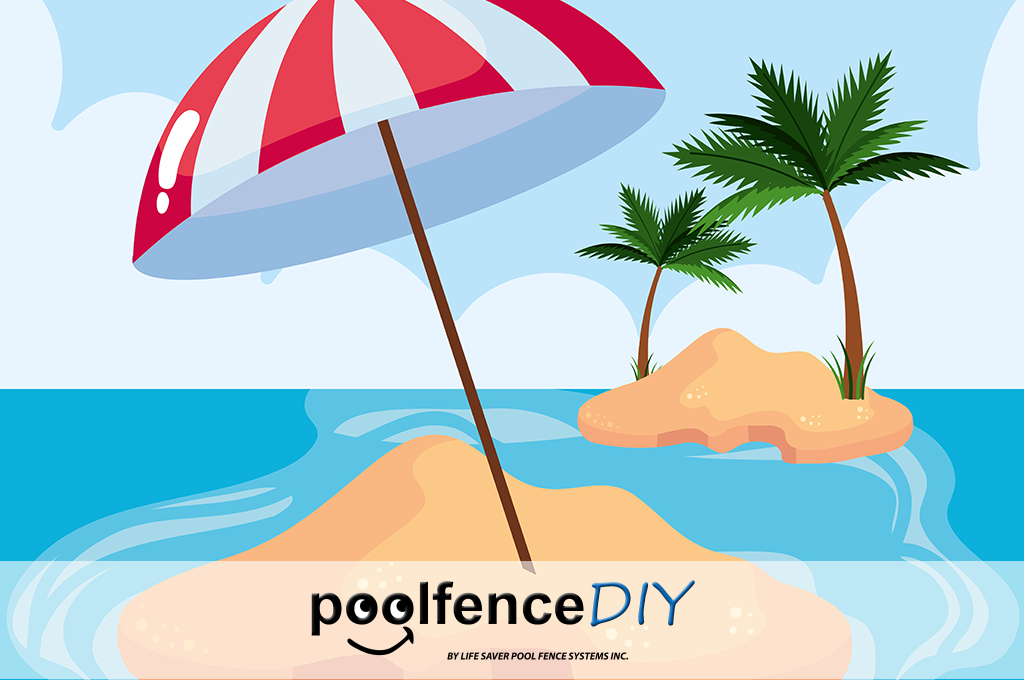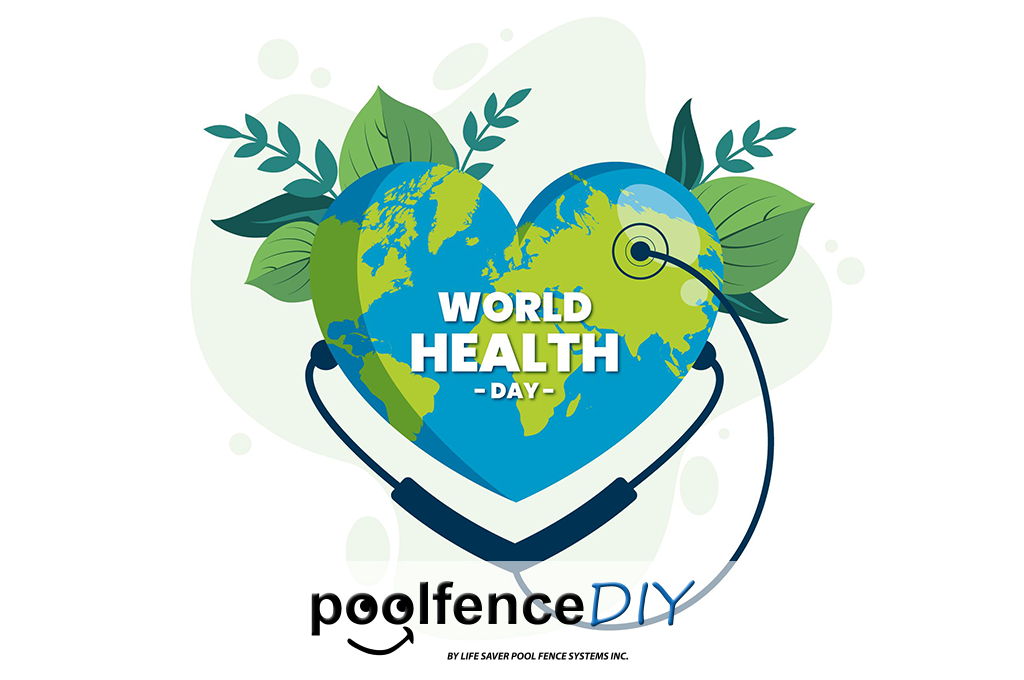Since drowning is the leading cause of death for children under four years of age, it’s important to cover all of your bases when it comes to protecting your little ones. A hot tub can be dangerous, so let’s go over some measures you can take to ensure the safety of yourself and your loved ones.
In the Hot Tub: Keep to Pool Rules
A pool isn’t the only body of water that can cause a
dangerous drowning hazard. Just as you must protect your kids from the pool by covering it when it isn’t in use, the same must be done for hot tubs. When you cover your tub, make sure that you also lock it. Another safety precaution that is commonly used for pools but can also be useful in safeguarding a hot tub is a pool alarm. Installing this simple device can let you know if someone has entered the hot tub area. This inexpensive alarm can let parents know if their child is in danger. This can mean the difference between life and death.
However, simply relying on a cover or alarm is not enough. You must also actively supervise your children when they are in or near any body of water, whether it is a pool or jacuzzi. When you are watching a child, be sure that there are no distractions nearby, for instance your phone, a magazine or another person to chat with. These things can all prevent you from focusing on your child and keeping them safe. After all, drowning happens very quickly.
Hot Tub Safety Concerns for Pregnant Women
When discussing hot tubs, here is a special note of caution for pregnant women. Many hot tubs can exceed 104 degrees. However, according to the Consumer Product Safety Commission, any temperature above 102 degrees Fahrenheit can cause birth defects such as fetal deformities and brain damage. As a rule of thumb, pregnant women should not soak in water that is heated beyond 100 degrees. In general, a pregnant woman’s body temperature should not rise about 102.2 degrees.
Keep Bacteria Away
Hot water can be a breeding ground for infections. In fact, they can spread everything from Legionnaire’s Disease, which is a germ that causes a severe type of pneumonia due to bacteria, to E. Coli, common strains of bacteria that can cause stomach pain, fever, and diarrhea. A common waterborne disease, the parasite Cryptosporidium, can cause fever and vomiting among other symptoms. If you have any type of open sore or rash, consult a doctor before you step into a hot tub.
Keep From Being Scalded
Scalds are burns caused by something wet like water. In fact, more burns are caused by scalds than by fire. It is also the highest cause of burn injuries in children younger than four years old. According to the Burn Foundation, over 500,000 people are scalded annually in the United States. This is especially true of people with sensitive skin. While most hot tub burns are mild, more severe scalds could cause you to blister. Most thermal burns occur on children younger than five years old or adults who are older than 65 years old. To be extra safe, adults should spend no more than 15 minutes at a time in any hot tub. Meanwhile, the Red Cross recommends that no child under five years old enter a hot tub at all. This is because children’s body temperature regulation system differs from that of adults and they are more likely to overheat more quickly.





